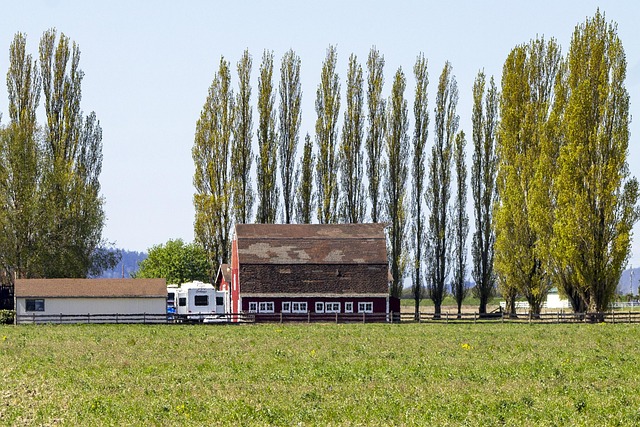Agritourism, a rising trend, integrates modern travel with traditional agriculture, offering immersive farm experiences that connect urban visitors to rural communities. Landowners transform farms into destinations featuring workshops, farm visits, and animal interactions, supporting local economies and preserving cultural heritage. This sustainable model diversifies farmer income, promotes eco-lodges, and fosters community engagement while leveraging Real Estate for long-term viability. By merging agriculture and tourism, agritourism benefits rural communities, preserves natural landscapes, and enhances cultural heritage through authentic experiences.
In an era where sustainable travel is reshaping the global tourism landscape, the fusion of agricultural and tribal economies presents a captivating narrative. This article explores the emergent concept of agritourism, delving into its role in revitalizing rural communities and preserving indigenous cultures. We also examine tribal tourism strategies that balance cultural preservation with visitor experiences, and delve into the real estate implications for developing sustainable tourism spaces that harmonize agriculture, tribal elements, and eco-friendly design.
The Rise of Agritourism: Blending Tradition and Travel

The rise of agritourism represents a harmonious blend of traditional agricultural practices and modern travel trends, offering a unique experience for visitors seeking authentic connections with rural communities. This concept transforms farms and ranches into destinations where travelers can immerse themselves in the lifestyle, culture, and natural beauty of the countryside. By integrating activities like farm visits, animal interactions, guided tours, and educational workshops, agritourism provides an opportunity to escape the hustle and bustle of urban life while supporting local economies.
In many cases, agritourism ventures are facilitated by savvy landowners who leverage their real estate assets to create sustainable businesses. These entrepreneurial individuals understand the value of preserving traditional practices while catering to the growing demand for immersive travel experiences. As a result, they foster environments where visitors can learn about sustainable farming, experience hands-on activities, and savor locally sourced cuisine, all while contributing to the preservation of cultural heritage and natural landscapes.
– Definition and concept of agritourism

Agritourism, a burgeoning concept that seamlessly blends agriculture and tourism, involves visitors engaging in authentic experiences on working farms and rural properties. It transcends the traditional sightseeing by offering opportunities for hands-on participation in agricultural activities such as farming, livestock care, gardening, and food production. This sustainable model of tourism not only enriches travelers’ understanding of rural lifestyles but also contributes to the economic diversification of agrarian communities. By integrating agritourism into local Real Estate strategies, farm owners can create new revenue streams while preserving valuable agricultural lands and promoting a connection between urban and rural populations.
– Benefits for rural communities and traditional agriculture

Incorporating agricultural and tribal tourism into local economies brings a multitude of benefits for rural communities and traditional agriculture. It diversifies income sources, offering farmers and indigenous groups alternative revenue streams beyond conventional farming or resource extraction. This mix encourages the preservation of sustainable farming practices and cultural heritage, as visitors are drawn to authentic experiences that showcase unique landscapes, indigenous knowledge, and time-honored agricultural techniques.
Moreover, this model stimulates local Real Estate development with eco-lodges and agritourism accommodations, fostering a harmonious relationship between tourism infrastructure and the surrounding environment. It promotes community engagement by creating jobs, enhancing local products’ visibility, and nurturing cultural pride. As a result, rural communities become more resilient, attracting investments that support infrastructure upgrades while preserving their distinctive character and natural resources for future generations.






